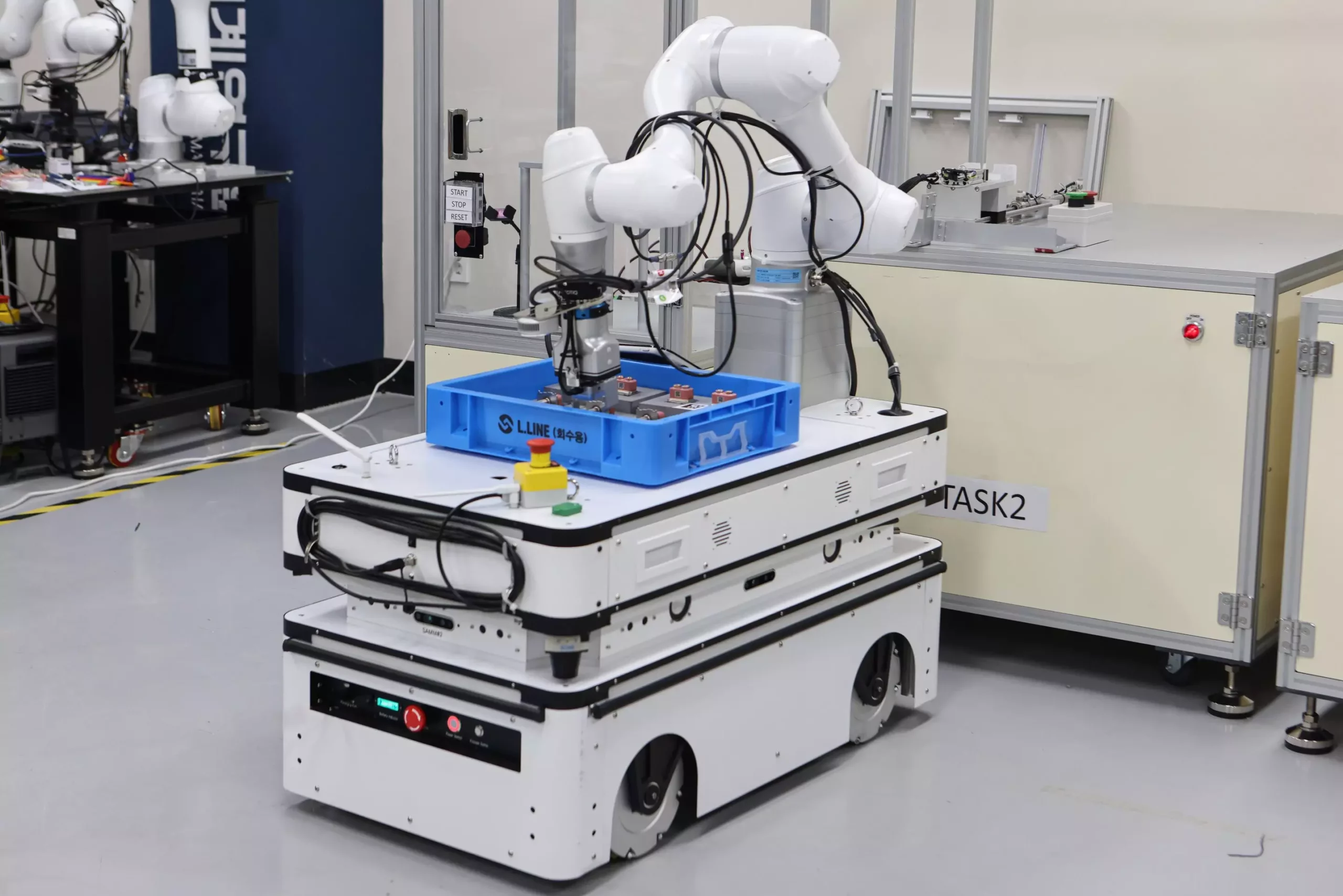In a groundbreaking development, the Korea Institute of Machinery and Materials (KIMM) has successfully created an artificial intelligence (AI) technology for robot work. This technology allows for the easy application of robots in manufacturing processes, opening up new possibilities in various industries. Led by Chang-hyun Kim, the head of the Department of AI Machinery, the research team’s achievement has the potential to greatly improve working environments and productivity in manufacturing sites worldwide.
The newly developed AI technology for robot work can be utilized in a wide range of processes, including the manufacturing of automobiles, machine parts, assembly, and production. Its adaptability makes it a valuable asset in increasing efficiency and reducing human labor in manufacturing sites. Currently, the technology is being employed in the manufacturing processes of electronic component producers, with plans to expand its application to other manufacturers in the future.
The foundation of the AI technology for robot work lies in the use of a “Large Language Model (LLM)” and a virtual environment. This innovative approach enables the system to understand user commands and subsequently generate and execute the necessary tasks for the robot. With voice or text input, the technology can automatically produce task sequences and movements. Through pre-learning in a virtual space, the optimal work point for the site can be determined. In addition, the technology aids in minimizing the work process and enables the robot to swiftly detect objects and avoid collisions.
Traditionally, when incorporating robots in manufacturing sites, significant modifications to the site are required to accommodate the robot. This limitation has significantly restricted the range of tasks that robots can perform. Furthermore, the integration of various technologies related to the task at hand, such as movement and recognition, has proven challenging, as only certain technologies have been developed. However, with the integration of AI technologies like LLM, the potential for robots in various tasks has expanded. The key challenge, however, has been applying these technologies to actual work sites, as testing typically only occurs in laboratory environments.
The newly developed AI technology for robot work has made significant strides in overcoming the barriers to integration. It offers the capability to specify tasks for the robot, and through pre-learning in a virtual space, the robot can effortlessly perform its duties with minimal on-site modification. Currently, on-site demonstration tests are underway, and the potential for this technology to effectively respond to various situations in manufacturing sites appears promising.
The AI technology developed by the KIMM presents a groundbreaking advancement in the field of robotics and manufacturing. By utilizing a Large Language Model and virtual environment, the technology allows for greater flexibility and efficiency in robot work. The previous limitations and challenges of integrating robots into manufacturing processes are being overcome, heralding a new era of automation and productivity. With further development and implementation, this technology has the potential to revolutionize manufacturing sites worldwide, creating safer, more efficient, and more productive work environments.


Leave a Reply